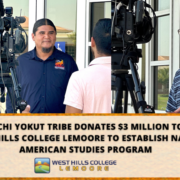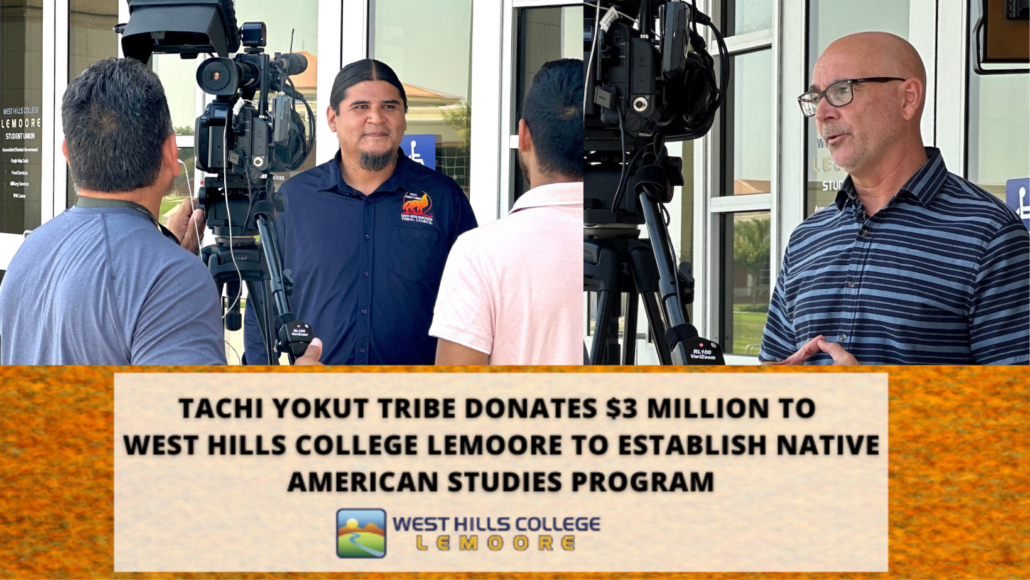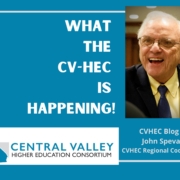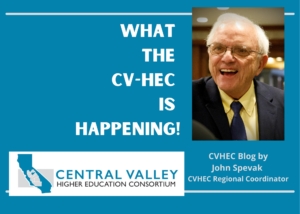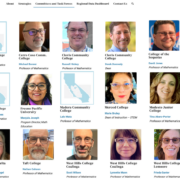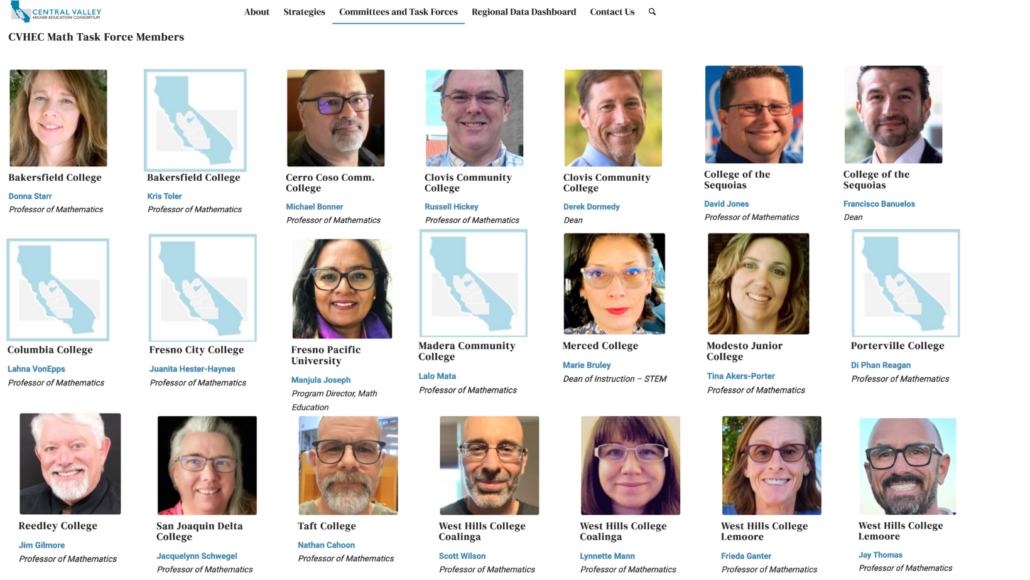MEMBER NEWS: 150 future physicians take Osteopathic Oath at CHSU White Coat Ceremony
BY RICHELE C. KLEISER – Vice President, Marketing & Communications
California Health Sciences University
There is more hope on the horizon for the thousands of patients in the Central Valley who face health inequities while seeking health care. The California Health Sciences University College of Osteopathic Medicine hosted a White Coat Ceremony for its first-year medical students on Saturday, Sept. 30.
Austin Jones from Porterville is one of the 150 medical students in the class of 2027 who received a white coat and recited the osteopathic oath in the presence of family and friends.
Jones will be the first in his family to become a physician after his parents immigrated here from South Korea.

Austin Jones received a white coat Sept. 30 and recited the osteopathic oath in the presence of family and friends.
“I know what health care disparities this area faces, and to me it is personal,” said Austin Jones, first-year medical student at the CHSU College of Osteopathic Medicine. “If I could be a piece of the puzzle that fixes this disparity, that would be fulfilling.”
Jones intends to stay here and serve the health care needs of the people he grew up with in the Valley.
“I am proud that our medical students, like Austin Jones, represent the diverse Central Valley populations we serve, and they have an opportunity to help address health inequities experienced in our community,” said John Graneto, DO, Dean of the CHSU College of Osteopathic Medicine
At the ceremony, Dr. Graneto shared the history of the white coat and the importance of maintaining professionalism and humanism in health care careers.
An inspiring welcome address was provided by Alan Shatzel, DO, MBA. Dr. Shatzel spoke about his personal journey through medical school and how osteopathic medicine helps him provide better care for his patients. Dr. Shatzel serves as the Chief Executive Officer for Mercy Medical Group and Second Vice-President of the Osteopathic Physicians and Surgeons of California. Dr. Shatzel holds board certifications in Neurology, Sleep Medicine, and Clinical Neurophysiology.
The white coats were generously sponsored by the Osteopathic Physicians and Surgeons of California, an organization focused on advancing and supporting osteopathic physicians in California by serving its mission to engage, educate, and advocate for DOs, so doctors can focus on being doctors. Founded in 1961, the association serves over 9,000 current and future doctors of osteopathic medicine throughout California.
See original CHSU press release.
White Coat ceremony video clips and photos available for download here, courtesy of California Health Sciences University here.
Media Contact: Richele Kleiser, (559) 312-3892, rkleiser@chsu.edu
About California Health Sciences University
California Health Sciences University (CHSU) is accredited by the WASC Senior College and University Commission (WSCUC). CHSU is the first university of its kind in the Central Valley and offers a local option for medical school and a master’s in biomedical sciences to help remedy the shortage of health care services offered in the Valley.
The CHSU College of Osteopathic Medicine now has about 500 medical students in attendance and plans to grow to approximately 600 medical students in the next year. Applications are being accepting for its fifth cohort of 150 medical students to matriculate in 2024. (link)
The university plans to open up to 10 post-baccalaureate colleges on their 110-acre campus in Clovis, California to train health care professionals in the coming years. The timing and specific discipline for each new program will be determined based on the need and opportunity for job placement within the region.
For more information about California Health Sciences University, visit chsu.edu or find them on Instagram, Facebook, and Linkedin.

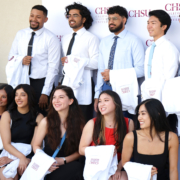



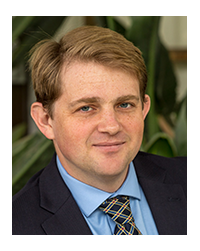
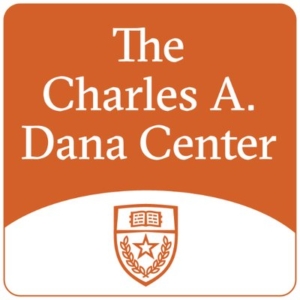
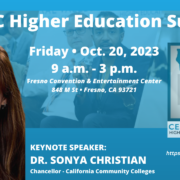
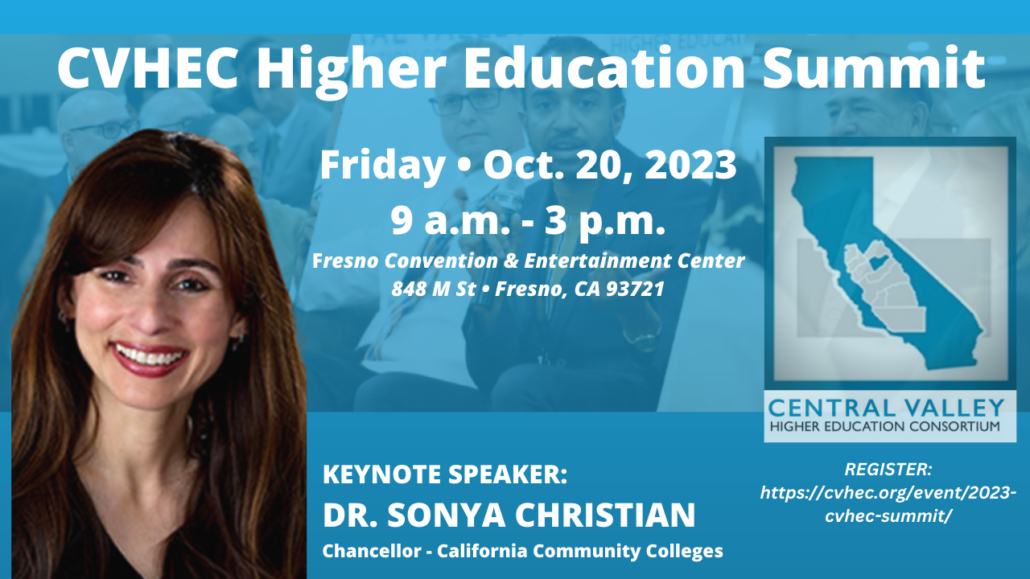
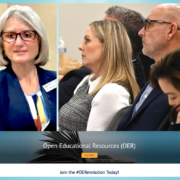
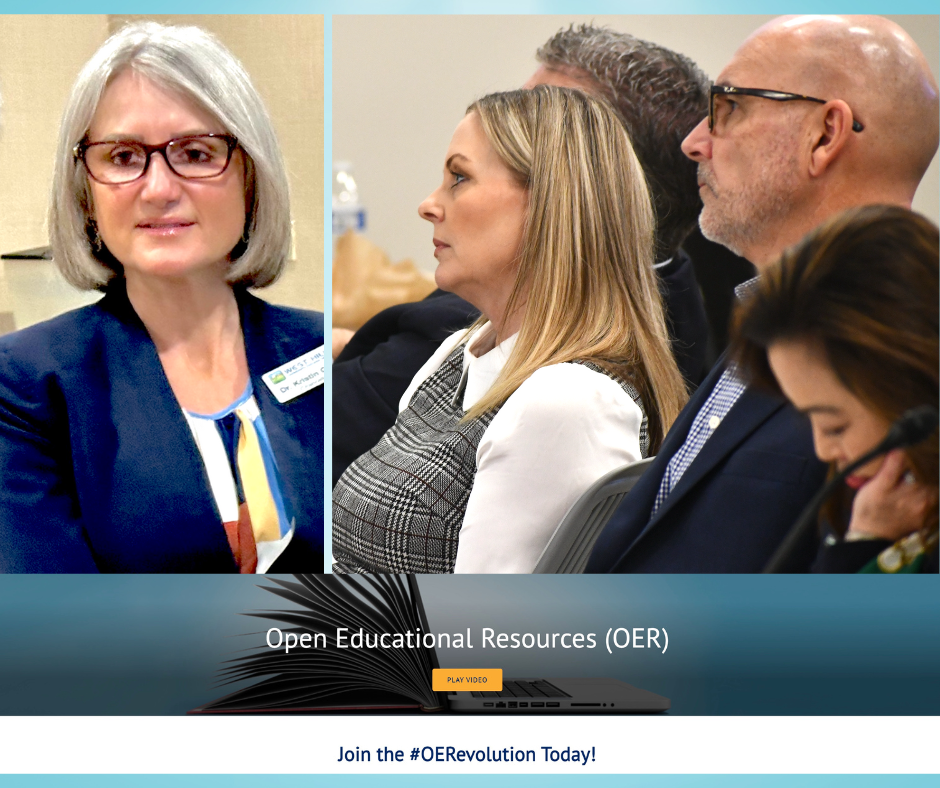

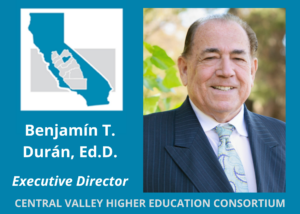 This funding will expand on
This funding will expand on 